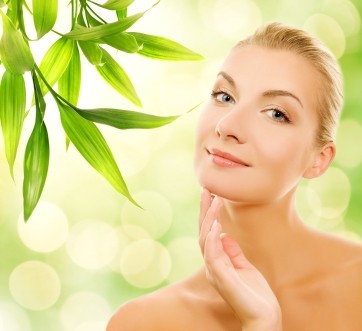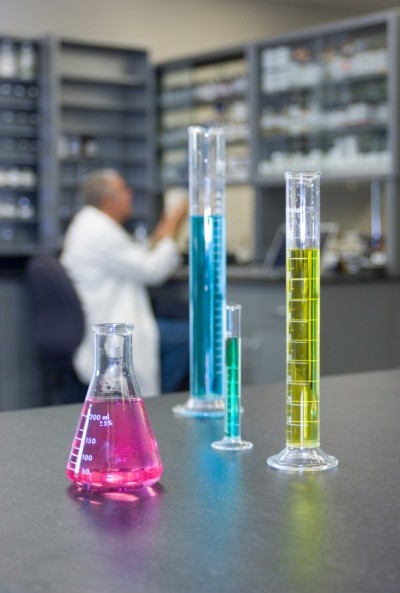SCCS to look into parabens, after originally ruling them to be safe
'Parabens' are currently authorized as preservatives in entry 12 of Annex VI to the Cosmetics Directive at a maximum concentration of 0.4 per cent when used individually or 0.8 per cent when used as a mixture of esters. Various substances fall under the definition, the most common being; methyl-, ethyl-, propyl-, butylparabens, isopropyl and isobutylparabens.
In March of 2011, the Committee was called on to consider parabens and announced them to be safe, in the sense that the sum of their individual concentrations did not exceed 0.19 per cent of a product.
On the back of that, Denmark notified the Commission that it had in fact, banned propylparaben and butylparaben in cosmetics for children up to three years of age, to which the SCCS added a clarification to its previous opinion, concluding that a “risk could not be excluded” for leave-on products for use in the nappy area for children below the age of six months – in the light of the possibly damaged skin in this area.
A second look...
Since 2005, the EC reports that parabens have been assessed by subsequent Scientific Committees on a number of occasions, but is now looking to the SCCS again to consider whether its original opinion on the substances need to be updated.
In light of this announcement, the Committee is to, while taking into consideration recent data, consider whether its previous opinions on propylparaben for adults and young children need to be updated, as well as its assessment about exposure to sunscreens, especially with children below three years old.
Paraben furore
Parabens have in recent years, caused widespread debate in regards to their safety, with cosmetics companies reported as voluntarily withdrawing the use of the chemicals from their products.
Recently, the David Suzuki Foundation and Réseau des femmes en environement launched a petition asking Health Canada to start enforcing regulatory prohibition on endocrine disrupting substances in cosmetics.
The petition questioned why there weren’t regulations restricting the use of estrogen-mimicking substances in personal care products found on shop shelves such as shampoos, lotions, deodorants and make up.
It also highlighted that although Canada's Cosmetics Regulations prohibit the sale of any cosmetic that contains ‘an estrogenic substance,’ parabens, siloxanes, phthalates and BHA are common ingredients in cosmetics.




















